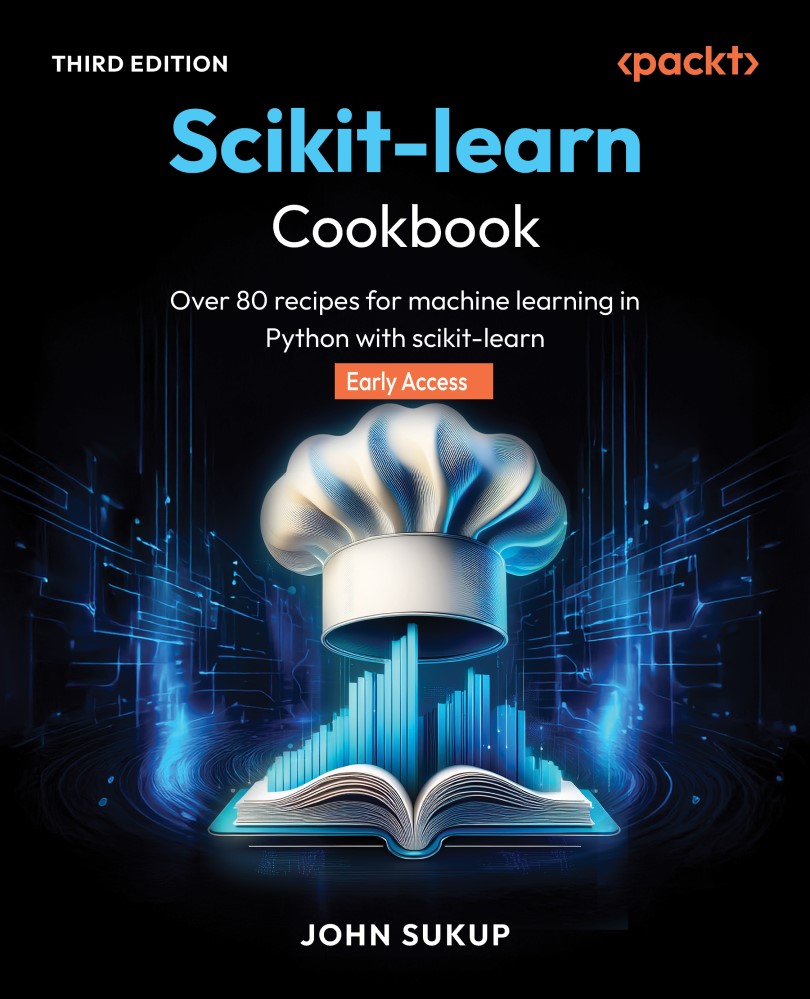Random Forests and Bagging
While building a single decision tree model is intuitive, most real-world applications will only use them as part of an ensemble method due to some of their shortcomings – especially in overfitting. As the saying goes, “two heads (or trees in this case) are better than one!”
Cleverly named random forests are robust ensemble models that combine multiple decision trees to improve accuracy and reduce overfitting. They achieve this by employing a method known as bagging (Bootstrap Aggregating), where multiple trees are trained on different subsets of the data sampled with replacement. Each tree contributes a prediction vote, and the final prediction is based on the majority vote or average of predictions from all trees. Random forests excel in handling large datasets and complex feature interactions better than a single decision tree alone. This recipe will introduce you to ensemble methods.
Getting ready
We will utilize scikit-learn to demonstrate...

































































